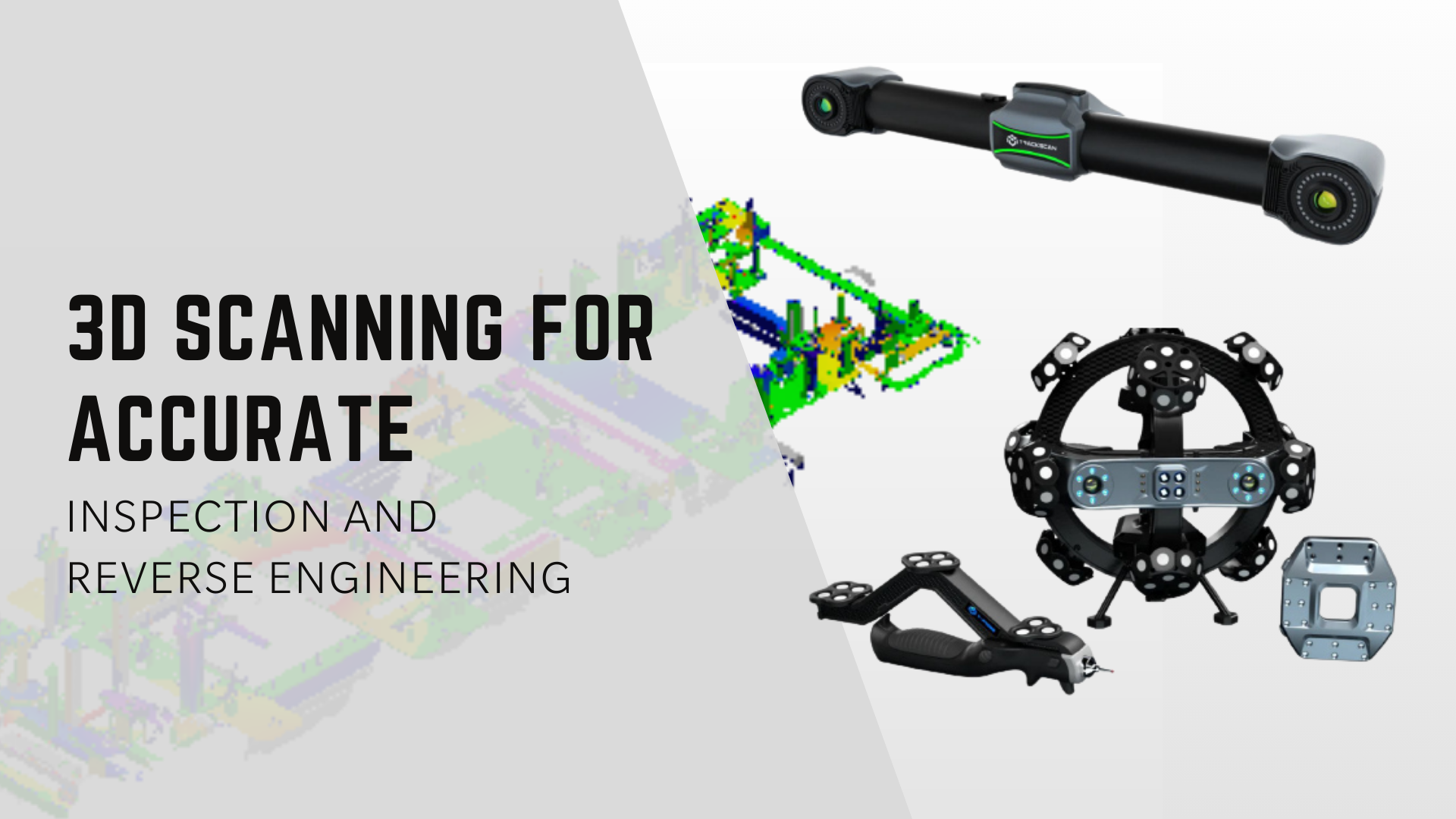
3D scanning is changing the way inspections, measurements, and reverse engineering are done in rapid-paced industries. The newest TECHSCAN SHARP 49 portable 3D scanner with Blue Light Scanning Inspection system lets companies achieve high precision non-contact laser scanning like never before. We will explain the advantages and applications of 3D scanning technology, which is affecting industries ranging from automotive to aerospace.
3D scanning takes the measurement of an object without contact, and captures the geometry of an object with extreme precision - even for difficult shapes that touch probes have difficulty measuring. Systems like TRACKSCAN SHARP 49 portable 3D scanner use blue light laser technology, and provide high speed and high resolution laser measurement capability without a warm up time.
With advanced portable 3D scanners, you can measure and inspect:
3D scanning has several advantages compared to contact metrology. Here are some of those benefits:
For product improvement, design augmentation, or even reproducing obsolete parts, 3D scanning is an essential tool for reverse engineering. Key applications include:
Whether you're want to inspect complex automotive components, reverse engineering legacy parts, or creating accurate digital twins, 3D scanning with advanced tools like the TRACKSCAN SHARP 49 is your go-to solution. It not only enhances inspection accuracy but also enables reverse engineering across industries delivering precision, speed, and flexibility for every task